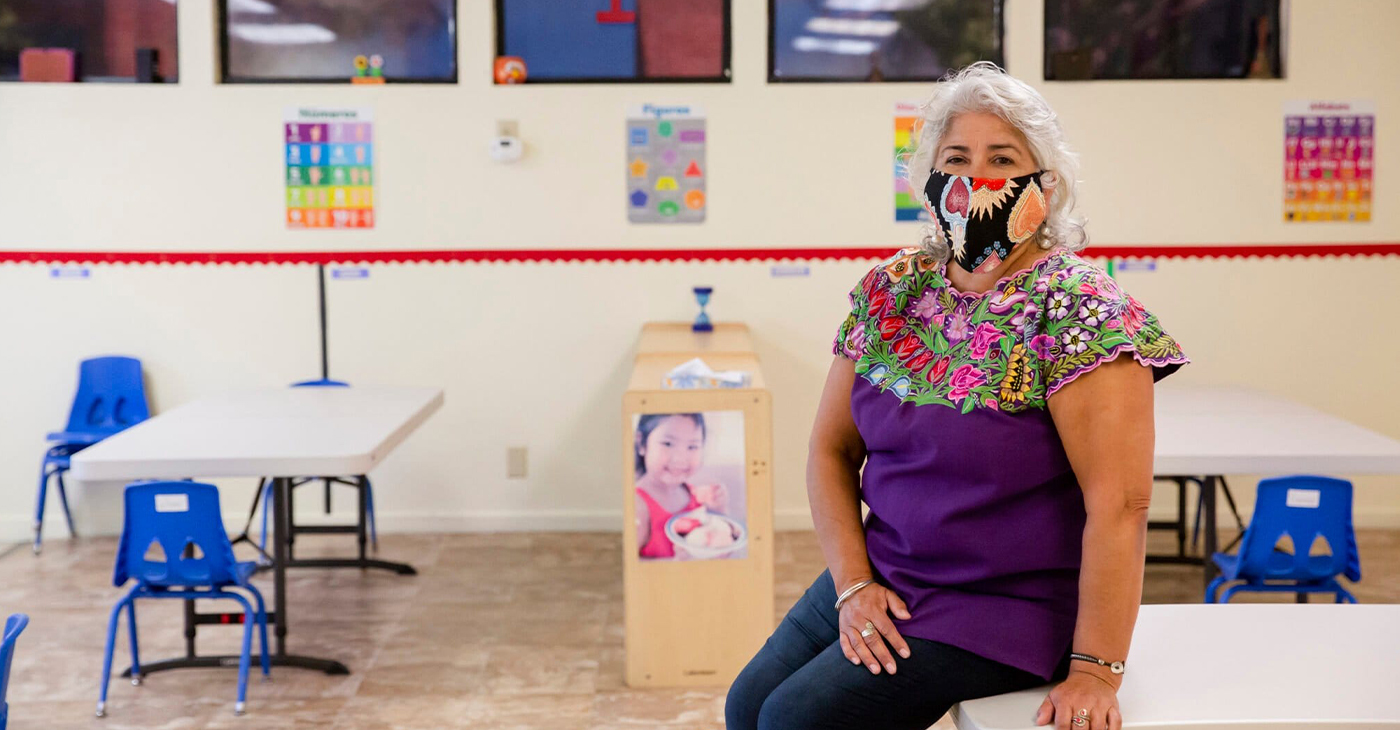Economics
Cannabis is in the Town

From left to right: Richard Valle, Alameda County Supervisor, District 2, Dr. Asif Maan, Chief of the Manufactured Cannabis Safety Branch (MCSB) within California Department of Public Health, Lori Ajax, Chief of Bureau of Medical Cannabis Regulation, Richard Parrott, Director of the California Department of Food and Agriculture’s CalCannabis Cultivation Licensing Division, Alameda County District 4 Supervisor Nate Miley serve on a panel discussion at the Alameda County Winter Cannabis Summit 2017. Photo by Carla Thomas.
Cannabis is now in the town. Like it or not the sale and taxation of pot will be legal in California beginning January 1, 2018.
In preparation for the new industry, Alameda County has been actively involved in helping shape the landscape of cannabis cultivation, retail sale, manufacturing, and distribution in California. By hosting a Winter Cannabis Summit at the Alameda County Board of Supervisors Chambers in downtown Oakland, the County wanted to educate the public on a legal, taxed and tightly-regulated system for medical and adult use cannabis.
About 100 stakeholders attended three forums throughout the day. With Alameda County Supervisor Nate Miley serving as moderator, attendees heard from Lori Ajax, Chief Bureau of Cannabis Control, Richard Parrott, Director, CalCannabis Cultivation Safety, California Department of Public Health, and Dr. Asif Mann Chief of Office of Manufactured Cannabis Safety, California Department of Public Health who provided an overview slide presentation.
“The cannabis industry is emerging as a major force,” said Alameda County Supervisor Nate Miley. “We have a great opportunity for a new source of untapped tax revenue to strengthen our public infrastructure.”
“As we move forward issuing the first state licenses for commercial cannabis activity, the state’s three licensing authorities are grateful for the opportunity to interact with our key local government partners,“ said Ajax. “A tremendous amount of work has gone into this process and we wouldn’ be in the position we are today without the feedback received at events like this summit.”
An afternoon panel discussion featured Alameda County District Attorney Nancy O’Malley, prevention specialists, and community partners focused on what legalization brings and cannabis education for youth.
The session also included information about how schools and community groups can prevent access to cannabis.
The changes society can expect from the legalization of marijuana was another panel that featured O’Malley along with Susan Fanelli, Assistant Director, California Department of Public Health and attorneys specializing in Cannabis law, Chris Halor and Robert Reich.
Judy Appel, Drug Policy Alliance, Dr. Dale Gieringer State Coordinator California NORMAL, Ralph Cantore, Educator, Jennifer Ellis, Prevention Specialist served in an afternoon session on (CEYAA), Cannabis Education Youth & Adult Awareness.
Elsa Casanova, a Prevention Specialist and Project Manager for Ashland Cherryland Together said that her organization is working closely with Supervisor Nate Miley to develop a campaign targeting youth.
“We focus on environmental strategies to prevent the use of cannabis by youth,” she said.
Casanova also shared that the campaign’s development will be patterned similar to the state campaign called “Let’s Talk About Cannabis.” Youth and educators will also be involved in the process.
Handouts were also provided detailing how to obtain a temporary license application, the breakdown of licensing authorities and frequently asked questions regarding medicinal and adult use cannabis cultivation licensing.
The handouts also explained that the rules and regulations for commercial cannabis activity include the cultivation, possession, manufacture, distribution, processing, storing, laboratory testing, packaging, labeling, transportation delivery, or sale of cannabis and cannabis products.
However, this does not include personal use cultivation that is done at a private residence in accordance with health and safety code sections 1136 2.1 and 1136 2.2, or by a patient or primary caregiver pursuant to health and safety code section 11362.77.
For more information, visit CalCannabis.cdfa.ca.gov
Activism
Oakland Post: Week of March 28 – April 1, 2025
The printed Weekly Edition of the Oakland Post: Week of March 28 – April 1, 2025

To enlarge your view of this issue, use the slider, magnifying glass icon or full page icon in the lower right corner of the browser window.
Bay Area
Five Years After COVID-19 Began, a Struggling Child Care Workforce Faces New Threats
Five years ago, as COVID-19 lockdowns and school closures began, most early educators continued to work in person, risking their own health and that of their families. “Early educators were called essential, but they weren’t provided with the personal protective equipment they needed to stay safe,” said CSCCE Executive Director Lea Austin. “There were no special shopping hours or ways for them to access safety materials in those early and scary months of the pandemic, leaving them to compete with other shoppers. One state even advised them to wear trash bags if they couldn’t find PPE.”

UC Berkeley News
In the first eight months of the COVID-19 pandemic alone, 166,000 childcare jobs were lost across the nation. Significant recovery didn’t begin until the advent of American Rescue Plan Act (ARPA) Child Care Stabilization funds in April 2021.
Today, child care employment is back to slightly above pre-pandemic levels, but job growth has remained sluggish at 1.4% since ARPA funding allocations ended in October 2023, according to analysis by the Center for the Study of Child Care Employment (CSCCE) at UC Berkeley. In the last six months, childcare employment has hovered around 1.1 million.
Yet more than two million American parents report job changes due to problems accessing child care. Why does the childcare sector continue to face a workforce crisis that has predated the pandemic? Inadequate compensation drives high turnover rates and workforce shortages that predate the pandemic. Early childhood educators are skilled professionals; many have more than 15 years of experience and a college degree, but their compensation does not reflect their expertise. The national median hourly wage is $13.07, and only a small proportion of early educators receive benefits.
And now a new round of challenges is about to hit childcare. The low wages paid in early care and education result in 43% of early educator families depending on at least one public support program, such as Medicaid or food stamps, both of which are threatened by potential federal funding cuts. Job numbers will likely fall as many early childhood educators need to find jobs with healthcare benefits or better pay.
In addition, one in five child care workers are immigrants, and executive orders driving deportation and ICE raids will further devastate the entire early care and education system. These stresses are part of the historical lack of respect the workforce faces, despite all they contribute to children, families, and the economy.
Five years ago, as COVID-19 lockdowns and school closures began, most early educators continued to work in person, risking their own health and that of their families. “Early educators were called essential, but they weren’t provided with the personal protective equipment they needed to stay safe,” said CSCCE Executive Director Lea Austin. “There were no special shopping hours or ways for them to access safety materials in those early and scary months of the pandemic, leaving them to compete with other shoppers. One state even advised them to wear trash bags if they couldn’t find PPE.”
The economic impact was equally dire. Even as many providers tried to remain open to ensure their financial security, the combination of higher costs to meet safety protocols and lower revenue from fewer children enrolled led to job losses, increased debt, and program closures.
Eventually, the federal government responded with historic short-term investments through ARPA, which stabilized childcare programs. These funds provided money to increase pay or provide financial relief to early educators to improve their income and well-being. The childcare sector began to slowly recover. Larger job gains were made in 2022 and 2023, and as of November 2023, national job numbers had slightly surpassed pre-pandemic levels, though state and metro areas continued to fluctuate.
Many states have continued to support the workforce after ARPA funding expired in late 2024. In Maine, a salary supplement initiative has provided monthly stipends of $240-$540 to educators working in licensed home- or center-based care, based on education and experience, making it one of the nation’s leaders in its support of early educators. Early educators say the program has enabled them to raise wages, which has improved staff retention. Yet now, Governor Janet Mills is considering cutting the stipend program in half.
“History shows that once an emergency is perceived to have passed, public funding that supports the early care and education workforce is pulled,” says Austin. “You can’t build a stable childcare workforce and system without consistent public investment and respect for all that early educators contribute.”
The Center for the Study of Childcare Employment is the source of this story.
Alameda County
Trump Order Slashes Federal Agencies Supporting Minority Business and Neighborhood Development
The latest executive order targeted several federal agencies, including the Minority Business Development Agency (MBDA) and the Community Development Financial Institutions Fund, ordering that their programs and staff be reduced “to the minimum presence and function required by law.” The executive order targeted more agencies that Trump “has determined are unnecessary,” the order stated.

By Brandon Patterson
On March 14, President Trump signed an executive order slashing the operations of two federal agencies supporting growth in minority business and neighborhoods as he continued his attacks on programs supporting people of color and on the size of the federal bureaucracy.
The latest executive order targeted several federal agencies, including the Minority Business Development Agency (MBDA) and the Community Development Financial Institutions Fund, ordering that their programs and staff be reduced “to the minimum presence and function required by law.” The executive order targeted more agencies that Trump “has determined are unnecessary,” the order stated.
The MBDA’s mission is to “promote the growth and global competitiveness” of minority business enterprises, or MBEs. In 2023, according to its website, the agency helped MBEs access $1.5 billion in capital and facilitated nearly $3.8 billion in contracts awarded to minority business enterprises. It also helped MBEs create or sustain more than 19,000 jobs nationwide. Similarly, the CDFI Fund supports economic growth in under-invested communities by providing funding and technical assistance to local CDFIs, including banks, loan funds, and credit unions, that support community development projects in cities across the country. In 2023, the fund supported more than 1,400 local CDFIs across the country, including more than 80 in California — among the highest number for any state in the country.
The MBDA has local satellite business centers operated by organizations that support minority clients with services such as business consulting, contract bid preparation, loan packaging, and accessing capital funding. The San Francisco Bay Area business center is San Jose, operated by San Francisco-based organization Asian, Inc. Meanwhile, local Oakland CDFIs supported by the federal CDFI fund since 2021 include Habitat Community Capital, TMC Community Capital, Gateway Bank Federal Savings Bank, Beneficial State Bancorp, Inc., and Main Street Launch.
“It is clear that the hollowing out of the CDFI Fund and MBDA is not being ordered because those programs have failed in their mission,” the CEO of Small Business Majority John Arensmeyer, a national organization that advocates for small businesses, said in a statement on Saturday. “Instead, it is yet another case of President Trump using DEI as a club to eviscerate programs that seek to level our economic playing field.”
Congresswoman Lateefah Simon also slammed the decision in a statement to the Oakland Post. “As a member of the House Small Business Committee who represents multiple CDFIs in CA-12, I believe Trump’s gutting of operations at the Minority Business Development Agency and at the Community Development Financial Institutions Fund is a direct attack on small businesses, communities of color and other underserved communities,” Rep. Simon said. “Both the MBDA and the CDFI Fund were created with bipartisan support to help historically underserved communities and small businesses — and both programs have helped to dramatically change the material realities of people and bolster entrepreneurship in the U.S. There is no logic to this decision. The point is discrimination and cruelty.”
-

 #NNPA BlackPress4 weeks ago
#NNPA BlackPress4 weeks agoTarget Takes a Hit: $12.4 Billion Wiped Out as Boycotts Grow
-

 Activism4 weeks ago
Activism4 weeks agoUndocumented Workers Are Struggling to Feed Themselves. Slashed Budgets and New Immigration Policies Bring Fresh Challenges
-

 #NNPA BlackPress4 weeks ago
#NNPA BlackPress4 weeks agoBREAKING Groundbreaking Singer Angie Stone Dies in Car Accident at 63
-

 #NNPA BlackPress4 weeks ago
#NNPA BlackPress4 weeks agoNAACP Legend and Freedom Fighter Hazel Dukes Passes
-

 Arts and Culture4 weeks ago
Arts and Culture4 weeks agoBeverly Lorraine Greene: A Pioneering Architect and Symbol of Possibility and Progress
-

 Activism3 weeks ago
Activism3 weeks agoOakland Post: Week of March 5 – 11, 2025
-

 #NNPA BlackPress1 week ago
#NNPA BlackPress1 week agoRev. Dr. Jamal Bryant’s Black Church Target Boycott Mobilizes 150,000
-

 #NNPA BlackPress4 weeks ago
#NNPA BlackPress4 weeks agoTrump Moves to Dismantle Education Department






















































